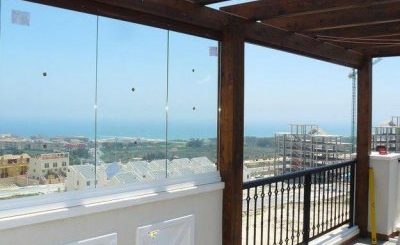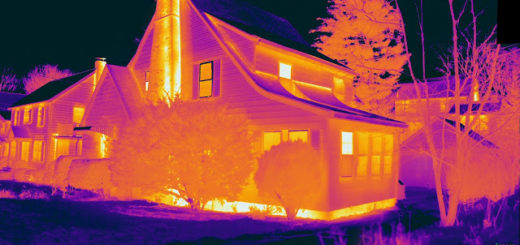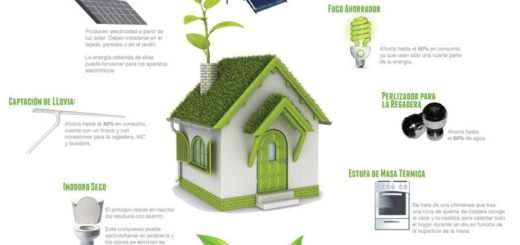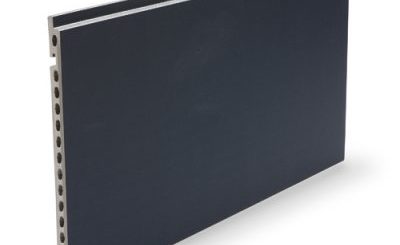The thermic insulating materials
The insulating thermic materials. Nowadays, in modern construction, the most important material in an enclosure is the thermal insulating material. In fact, it results to be almost impossible to conceive an enclosure without thermal insulation, except for very benign climates.
The majority of the insulating thermal materials have a conductivity that is found between 0.04W/m C° and 0.10W/m m C°. Thus, the influence of the thermal insulation in the enclosure is highly important. For example, a brick or a 60cm thick stone factory, has a heat transmission coefficient of approximately 3W/m C°. However, the same enclosure with a good thermal insulator can see a reduced heat transmission coefficient of up to 0.5 W/m C°. It can be deduced, the money that is expensed to acclimatize buildngs with high heat transmission coefficients is huge.
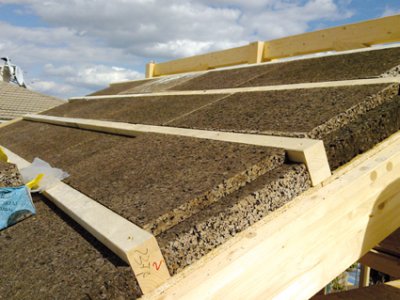
It’s hard to do a general study on the repayment term that the placement of thermal insulation as much in a new construction as an old one implies, but without a doubt, it’s a very brief term, in occasions it will be repaid in a simple heating season, dependeng on the energetic system that we employ for it’s purpose.
In the market, at the moment, there is a great variety of thermal insulating materials. It’s true that there are clear differences between them, but they share similar characteristics in regards to the thermal conductivity, that is the parameter that, in definitive, distinguishes these kind of materials.
Maybe, the biggest difference is in the origin of the insulating material. The thermal insulating materials can be diveded in: materials of sinthetic origin, materials of mineral origin and materials of vegetable origin. Nowadays, we can even make a new division among ecologic materials and materials by the degree in which they contaminate.
The tendency is to create materials that adapt as much as possible to the use that they will receive, this way they can cover a wide spectrum of necessities, that is to say, it is attempted to find materials that respond to a good thermal insulation, a good acoustic insulation and if possible, with certain degree of impermeabilization.
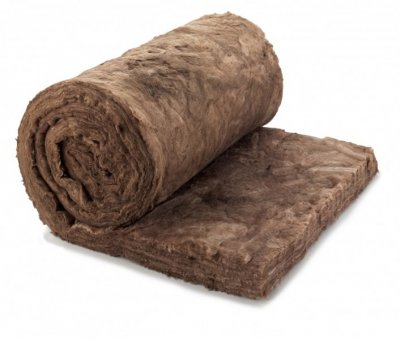
The ways in which different thermal insulating materials are commercialized are:
Rigid panel, for vertical and horizontal enclosures. These are panels with certain resistance that permit being stepped on, for example, rigid panels for covers or slabs.
Flexible blanket, for horizontal enclosures. These are used to insulate slabs that are not transitable, for exanple: slabs beneath a cover.
Flexible panel, for irregular surfaces, these are used in case of needing to cover surafces that are not flat.
Injections. This kind of insulated is used above all in rehabilitations or to insulate inaccesible points and that are found in the enclosures.
Pipe insulation. Pipe insulation is a thermal insulating material for heating pipes, climatization, plumbing, etcétera.
Aditive, is used to mix with other materials, for example, cement mortars.
Structural blocks, for walls and slabs. This kind of thermal insulating material is a combination of different materials, for example, a concrete block with thermal insulating material in it’s interior.
In general, at the time of choosing a thermal insulating material it’s very important to take into account the thermal conductivity conditions, the density and the permeablity to water vapor of the material. On the other hand the resistance and compression must also be taken into account. Lastly, some of the more important conditions at the time of choosing thermal insulating material are: durability, deformation and behaviour during a fire or chemical agents.
The combination of all these variables are the ones that we will take into account while picking one material or the other.
